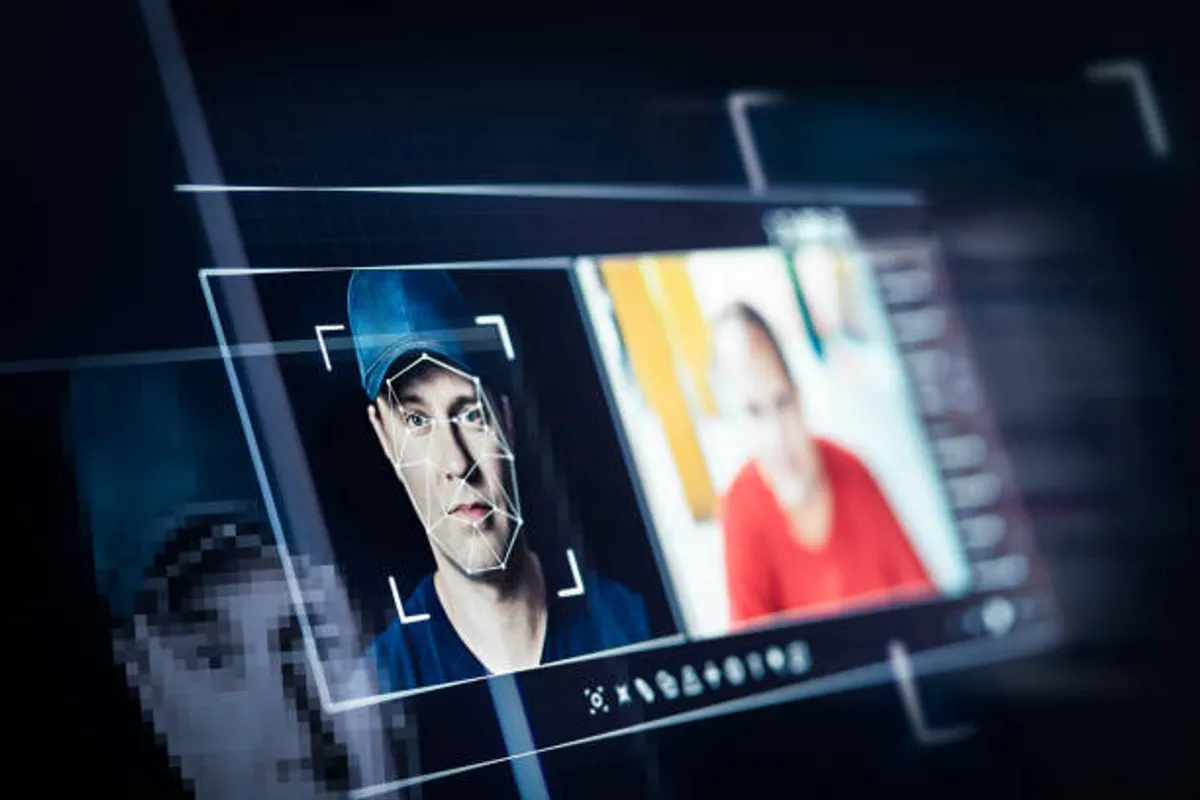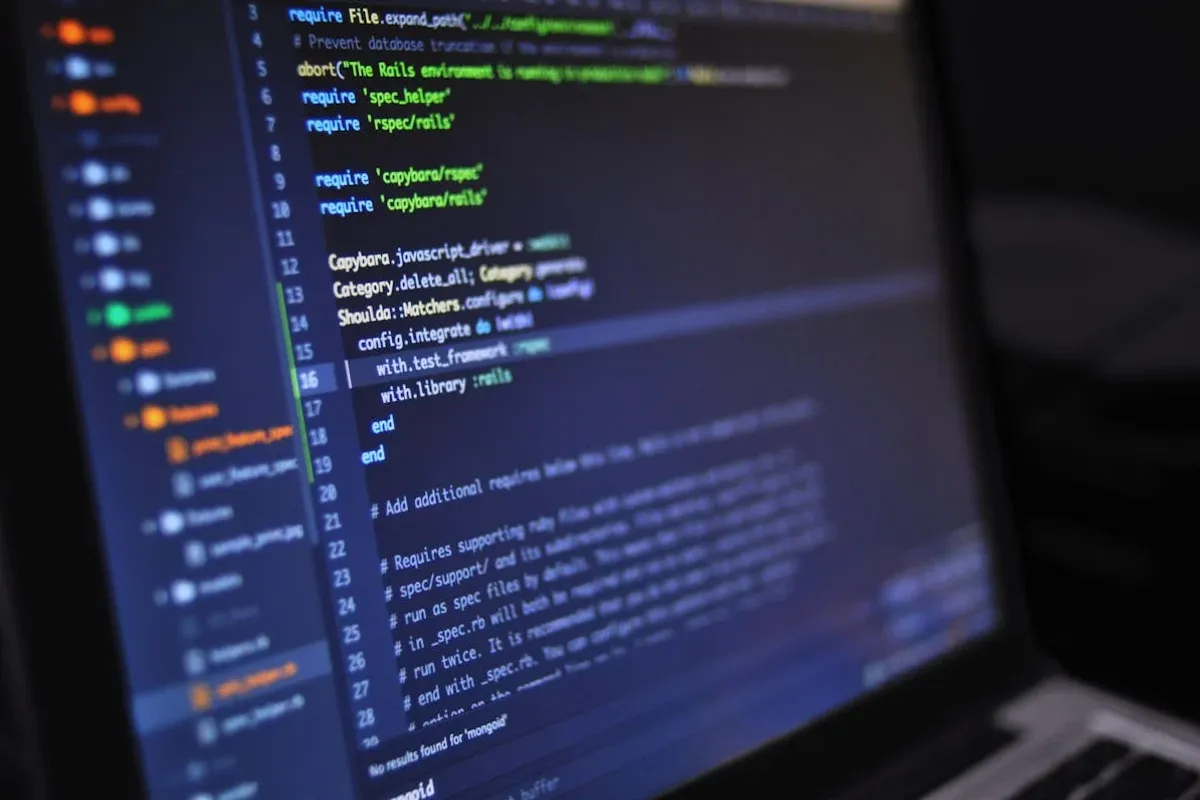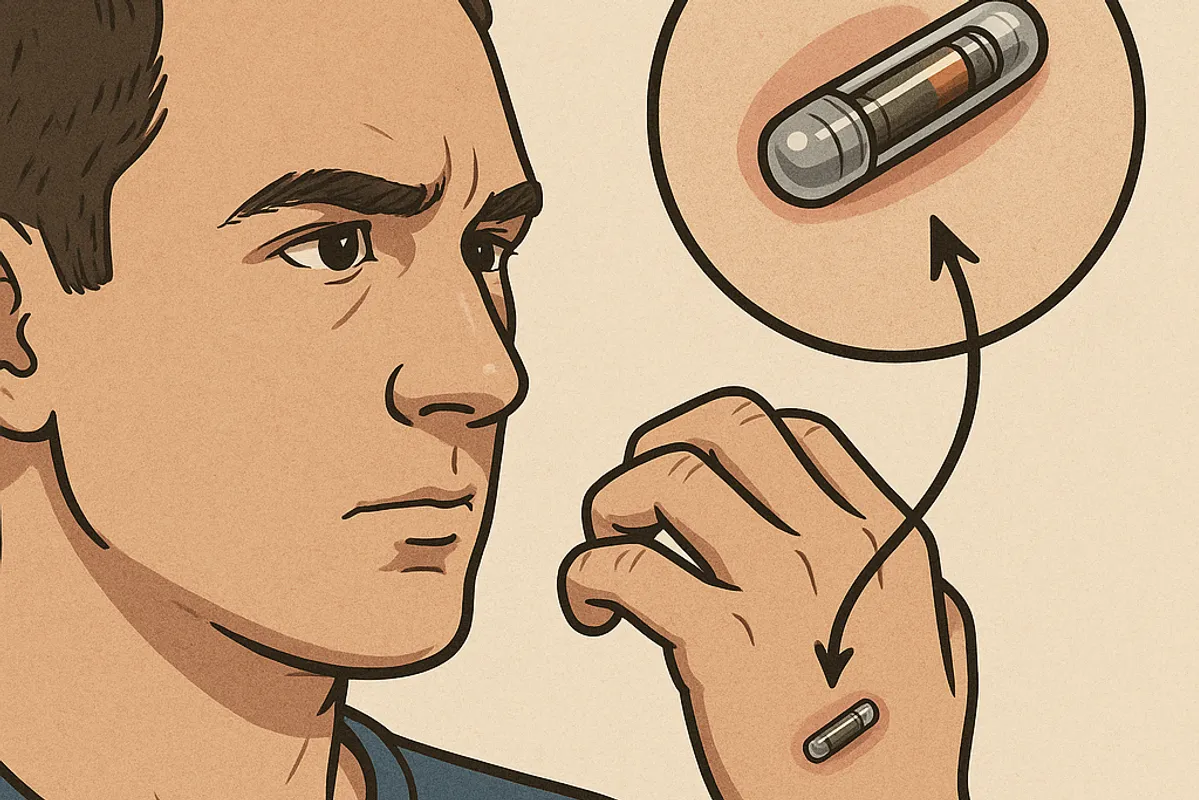
Top Tech Trends to Watch in 2025: Innovations That Will Shape the Future

GeokHub
Contributing Writer
As we move deeper into 2025, technology continues to evolve at an astonishing pace. From AI breakthroughs to revolutionary advances in hardware and connectivity, the world is entering a new digital era. Whether you’re a tech enthusiast, business owner, or curious learner, here are the top tech trends set to define this year and beyond.
1. AI Gets More Human
Artificial Intelligence is becoming more conversational, creative, and context-aware. Thanks to models like OpenAI’s GPT-4 and beyond, generative AI is now powering everything from customer service bots to code writing and marketing content. Expect deeper integration of AI in daily apps and business processes.
2. Mixed Reality Goes Mainstream
With the release of advanced headsets like Apple Vision Pro and Meta Quest 3, Augmented Reality (AR) and Virtual Reality (VR) are no longer niche. These technologies are reshaping industries like gaming, remote work, education, and virtual shopping experiences.
3. Quantum Computing Breakthroughs
While still in its infancy, quantum computing is starting to show real-world applications. In 2025, major tech firms are racing to build scalable quantum processors, with potential game-changing impacts on cryptography, drug development, and complex simulations.
4. 5G Expands, 6G Emerges
5G networks are now available in more countries than ever, powering ultra-fast mobile experiences. At the same time, 6G research is heating up, promising lightning-fast speeds, real-time data transmission, and massive IoT capabilities in the near future.
5. Sustainable Tech Innovation
From green data centers to low-energy chip designs, environmental responsibility is becoming a tech priority. Companies are investing in sustainable innovations to reduce carbon footprints, including solar-powered gadgets and recyclable electronics.
6. Smart Homes Get Smarter
Home automation is evolving with better interoperability, security, and AI-driven personalization. Think lights that adjust based on mood, smart fridges that order groceries, and security systems that identify intruders in real time.
7. Cybersecurity Arms Race
With rising cyber threats, zero-trust architecture, AI-driven threat detection, and personal privacy tools are now essential. Expect more businesses and individuals to invest in advanced cybersecurity solutions.
8. Robot Helpers on the Rise
From warehouse logistics to home cleaning, robots are getting smarter, cheaper, and more common. In 2025, expect more robotic assistants in homes, hospitals, and offices.
9. Web3 and Decentralized Platforms
Although the hype around crypto has cooled, blockchain-based applications are expanding into identity verification, secure voting systems, and decentralized social media networks.
10. AI in Healthcare and Diagnostics
AI is transforming healthcare with tools that assist in diagnostics, personalized treatments, and early disease detection. Wearables are becoming more sophisticated, offering real-time health monitoring and alerts.
🔍 Why These Trends Matter
These technologies aren’t just futuristic buzzwords—they’re actively changing how we live, work, and connect. Businesses embracing these trends early will stay competitive, while individuals can benefit from a smarter, safer, and more efficient digital lifestyle.
❓FAQs: Tech Trends 2025
Q1: Which trend will have the biggest impact this year?
A: AI, especially generative models, will be the most disruptive across industries.
Q2: Is quantum computing ready for everyday use?
A: Not yet—but 2025 marks major strides in scaling and commercialization efforts.
Q3: How does 6G differ from 5G?
A: 6G aims for higher speeds, lower latency, and better support for edge devices and the metaverse.
Q4: Are smart homes safe from hackers?
A: Security has improved, but users must still update devices regularly and use encrypted networks.
Q5: Can AR and VR replace in-person meetings?
A: In some cases, yes. Many businesses are adopting mixed reality for training and collaboration.







